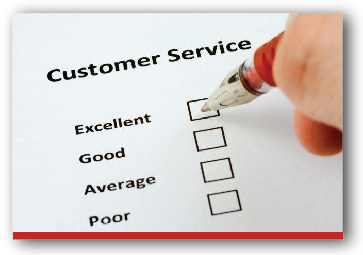As a motto, ‘THE CUSTOMER IS KING’ sounds intuitively correct.
Companies make their money off customers, so it is only right that they should take good care of them. However, it is a fact that companies do not earn an equal amount of money from each customer.
“It is not unusual for under 20% of the total number of customers to generate all the income that appears on the company’s bottom line. The rest are just padding.”
Too much service is costly
When a company raises all customers to the level of kings, there is a hidden expectation that all customers can have things the way they want them: the role of the company is to obey the commands of the king! But do all customers deserve such royal treatment?
Customers today have very different needs and display very different behaviour. This means that the income potential they offer is also different. By letting the company’s service model and price structure reflect this diversity, the company can improve its bottom line and boost its customer relations.

Positive discrimination
The art is naturally to identify the king in the crowd. To do this, your company needs to measure all the hidden customer-related costs linked to the relationship – known as the ‘cost to serve’.
If you can distribute your total cost to serve expenses across the separate customers in a fair, fact-based manner, you will be able to set up a set of customer accounts for each individual customer. This will reveal what each customer actually contributes to your company’s bottom line, and provide you with an overview of the different options you have for increasing revenue from a specific customer.
Dare you say it aloud?
The whole process stands or falls on whether you have the courage to introduce fact-based discrimination. The first step is to admit that you already discriminate between your customers: you currently base your operations on the individual purchaser’s assessment of the importance of each customer. But what happens if all your most important customers are in the hands of just one of your purchasers?
A great many sales departments confuse marketing with business strategy. Has the customer been ‘anointed king’ by your company? If so, you risk investing huge sums on providing service to unprofitable customers.
‘Hidden’ costs
Examples of cost to serve expenses that should be included in a set of customer accounts
- Sales visits
- Account Management
- Order processing
- Customer service
- Transport
What is ‘cost to serve’?
‘Cost to serve’ is a concept that helps reveal what you actually earn on your customers. It covers all the expenses associated with providing service to a specific customer. For example, what does a sales meeting cost you?
